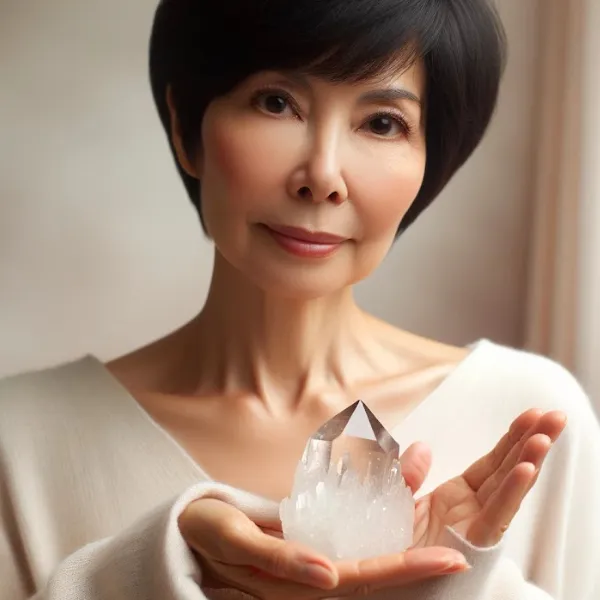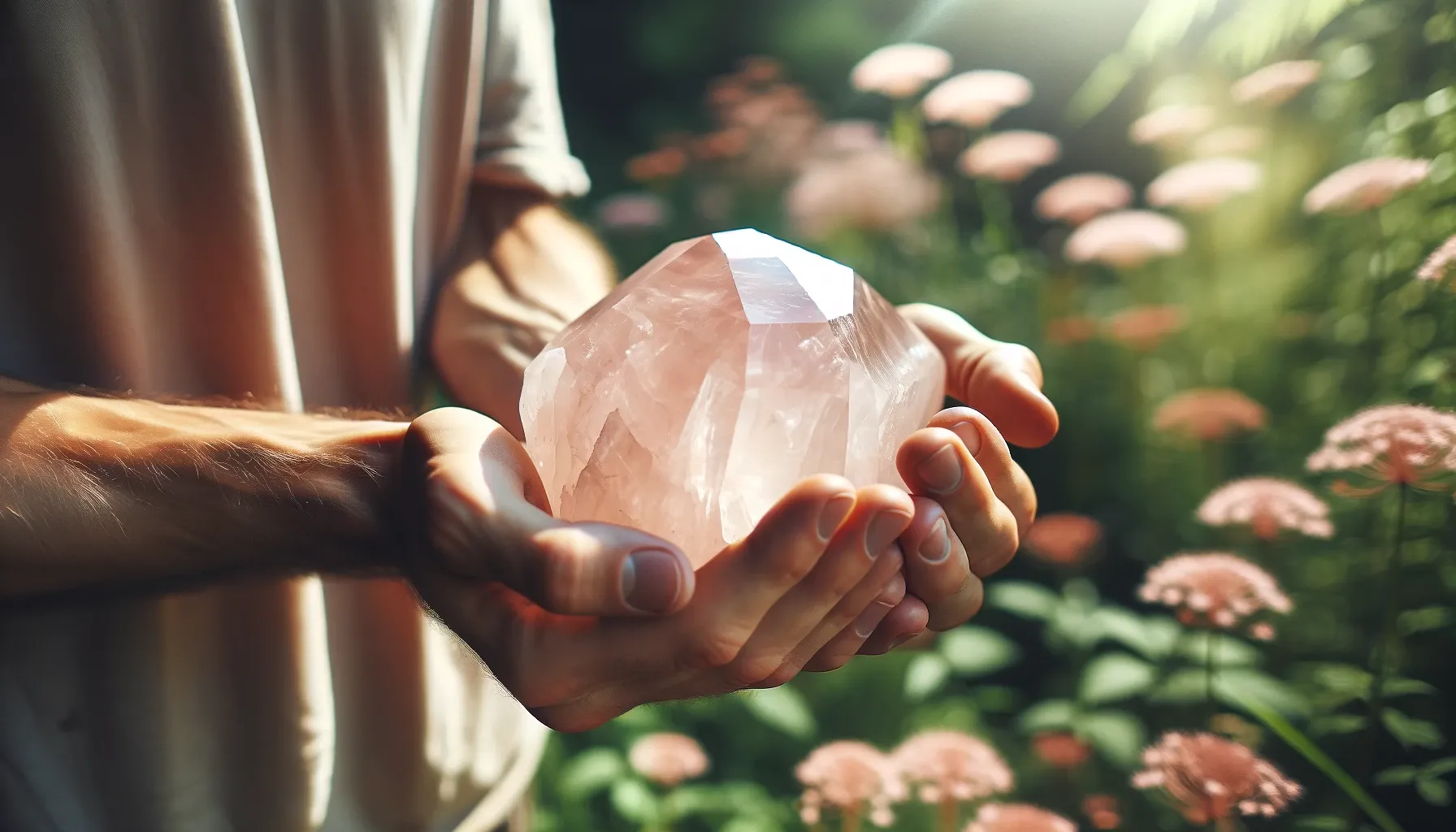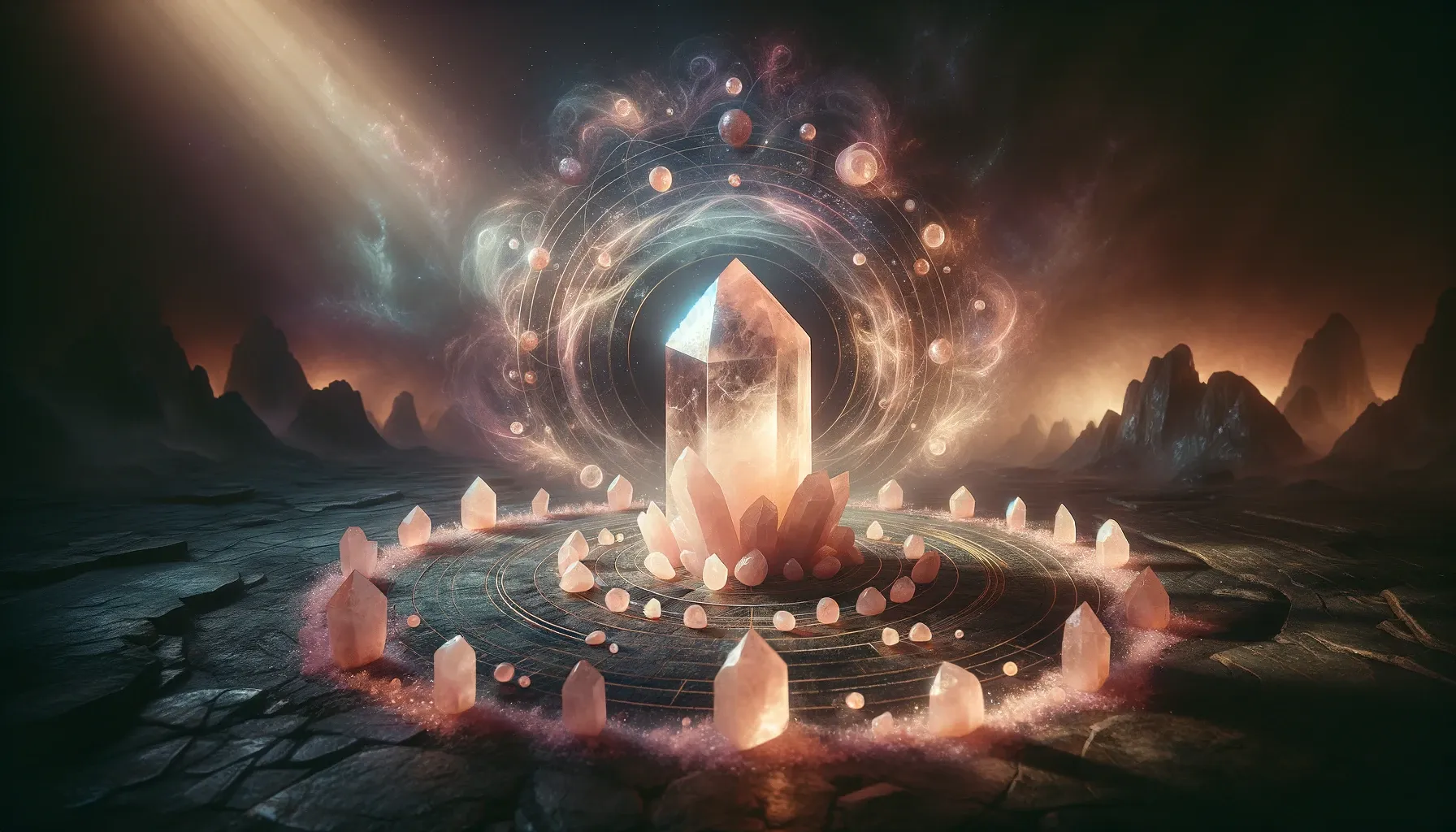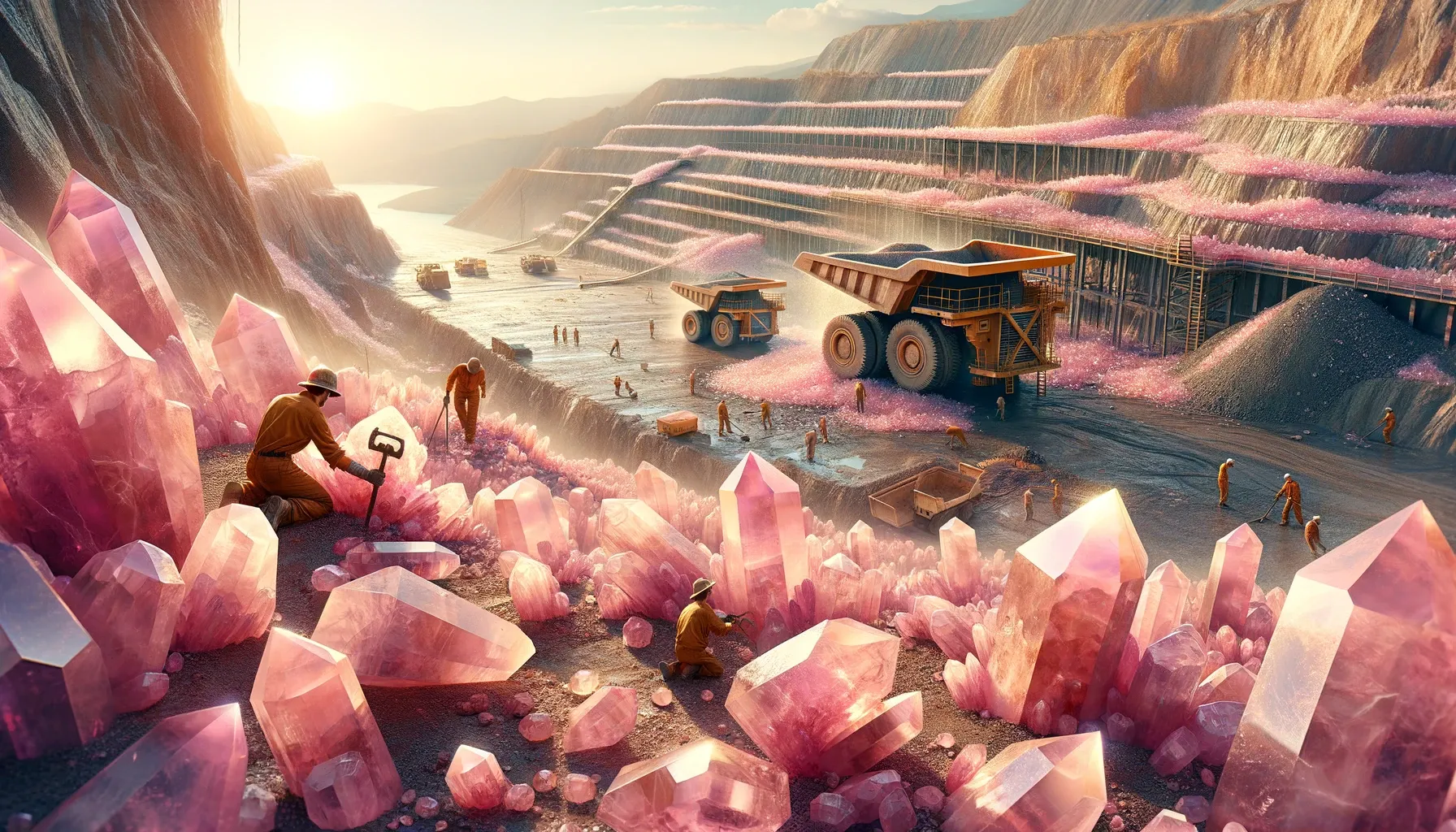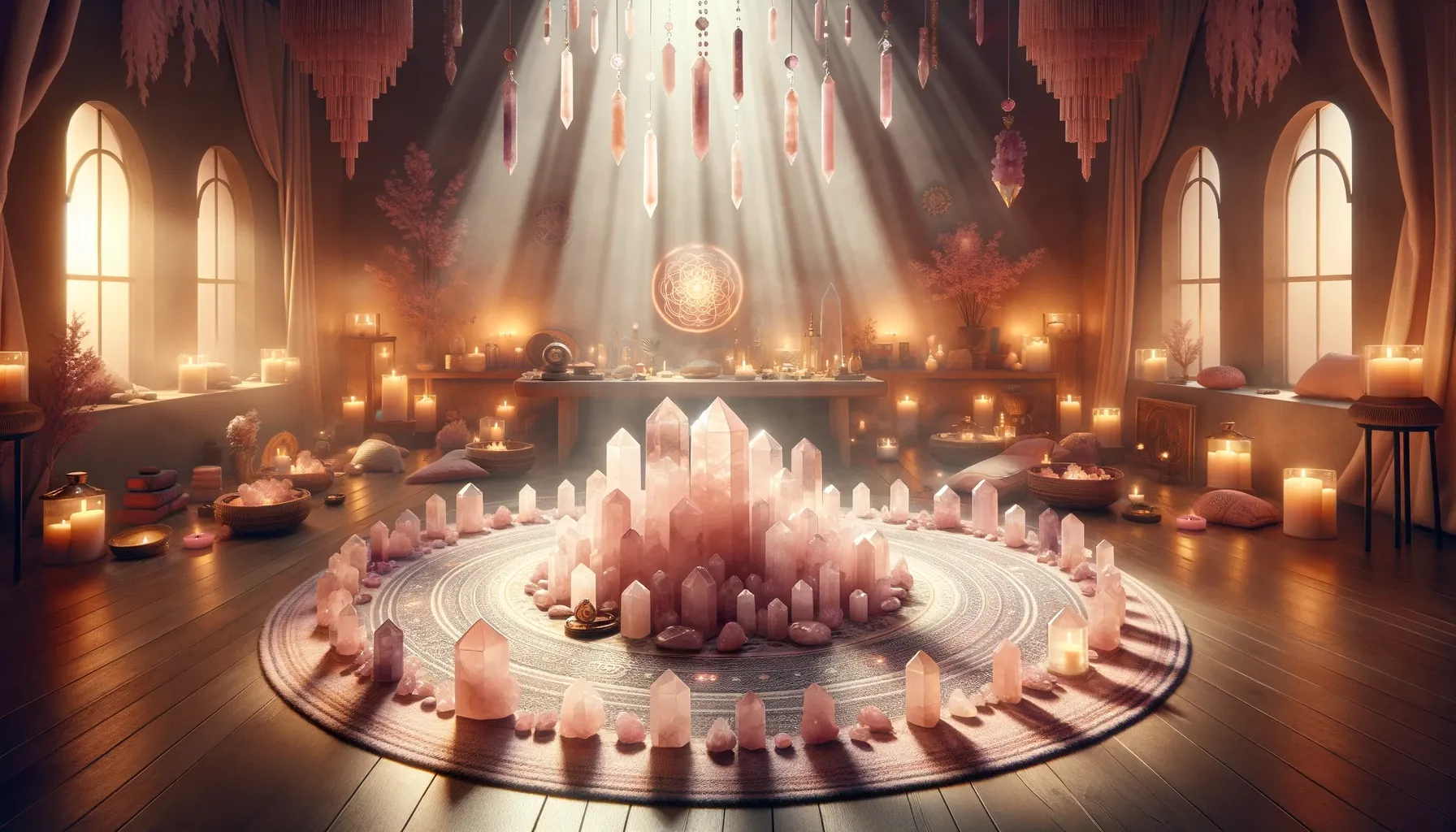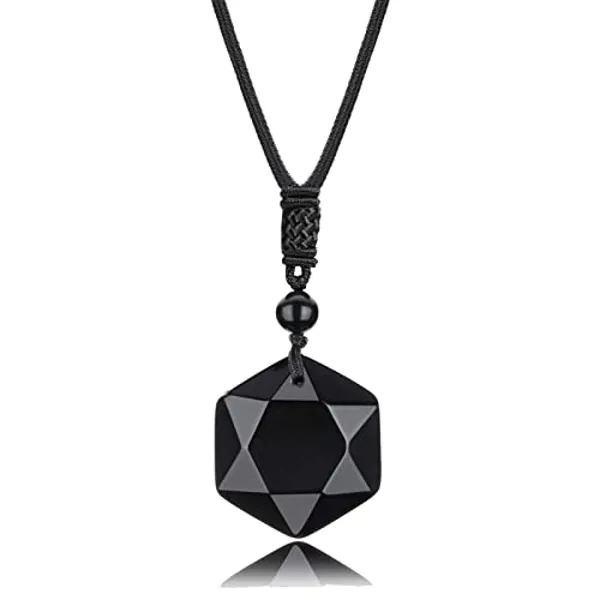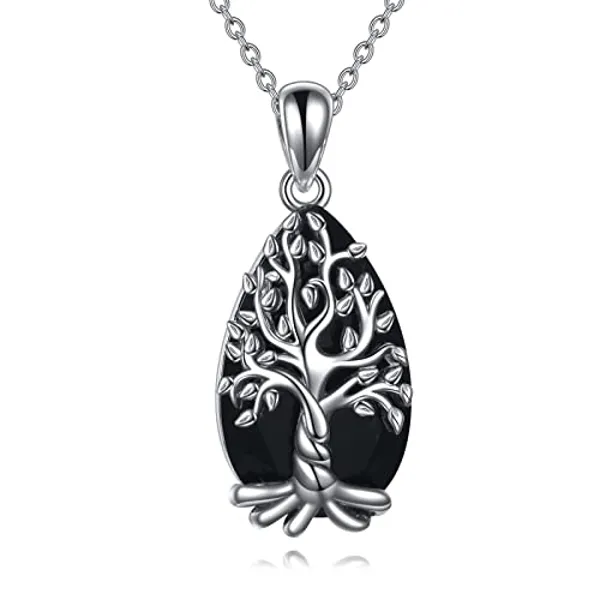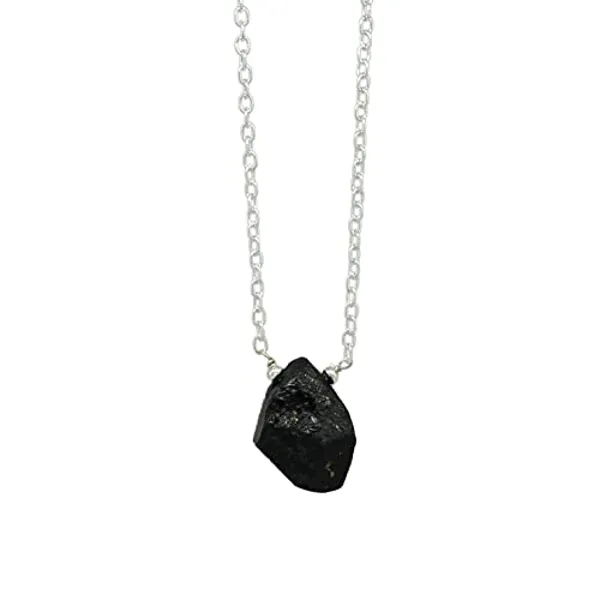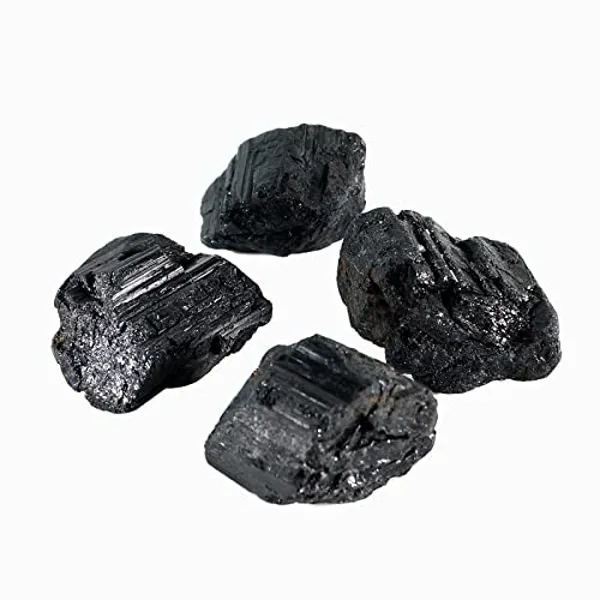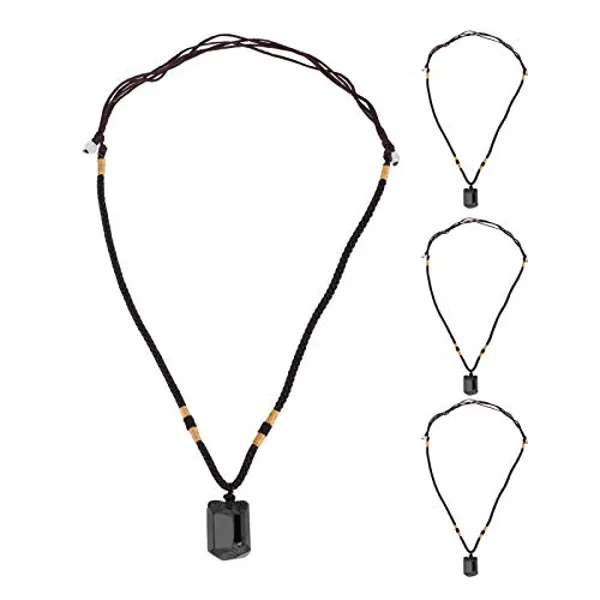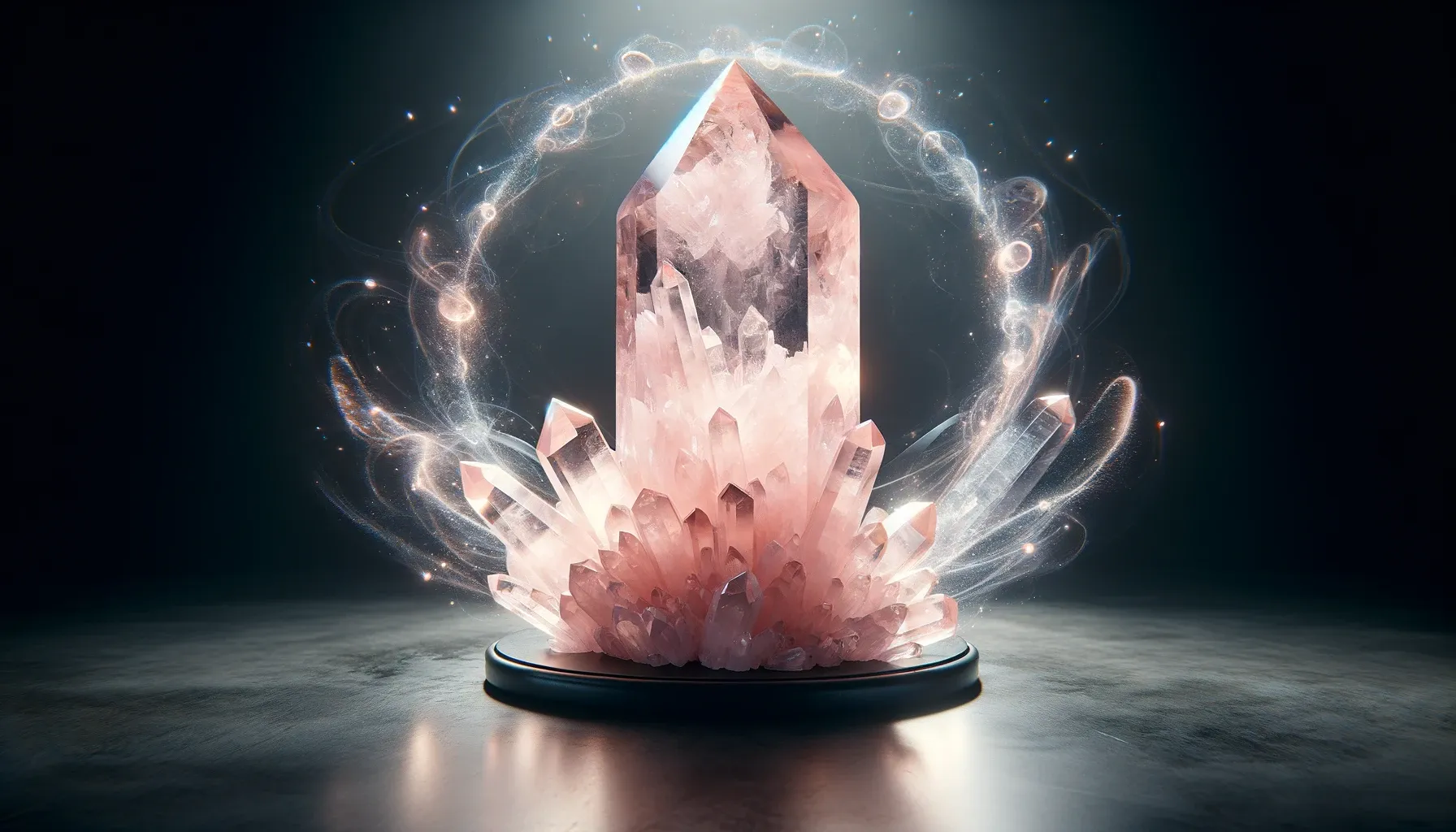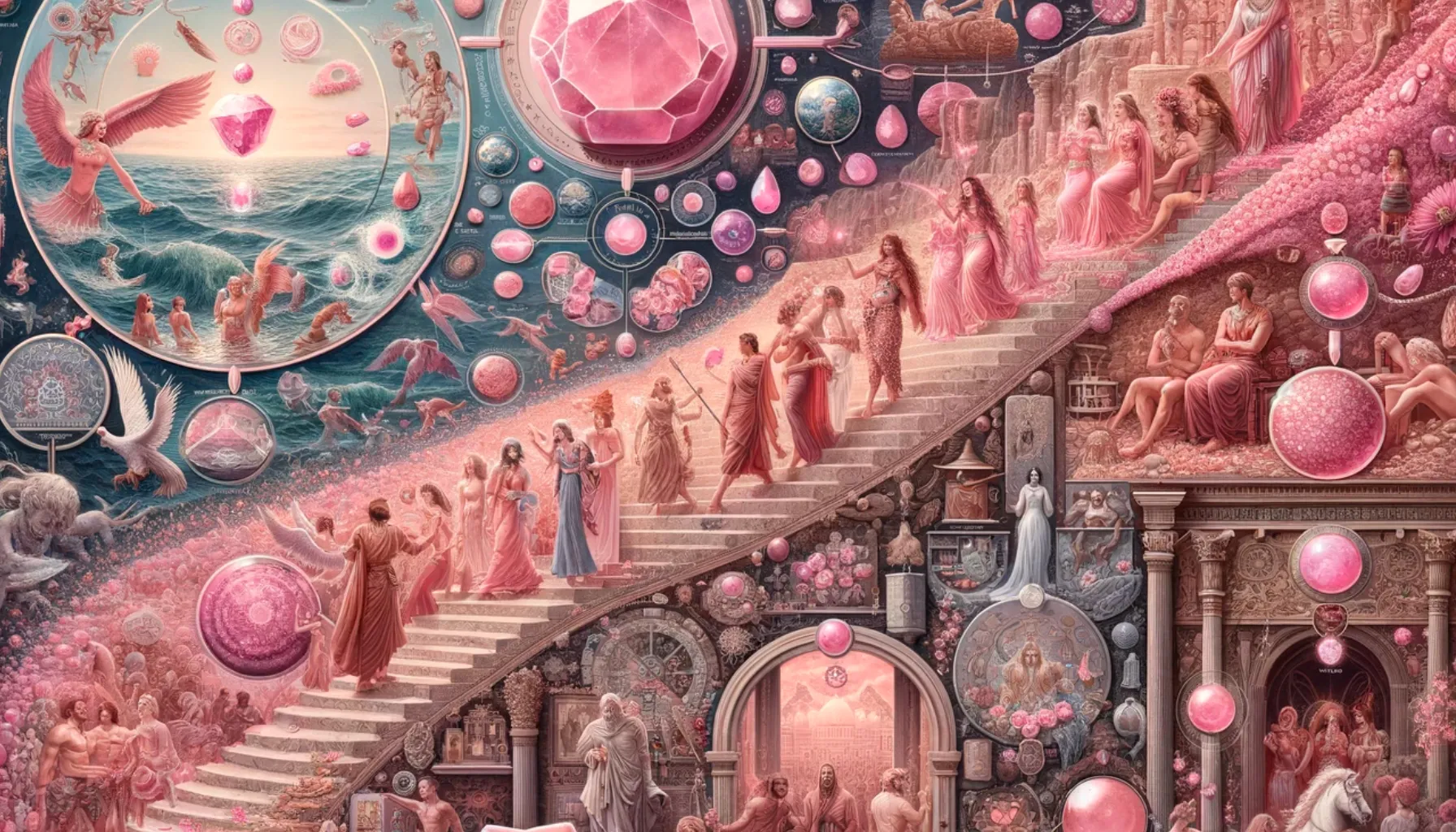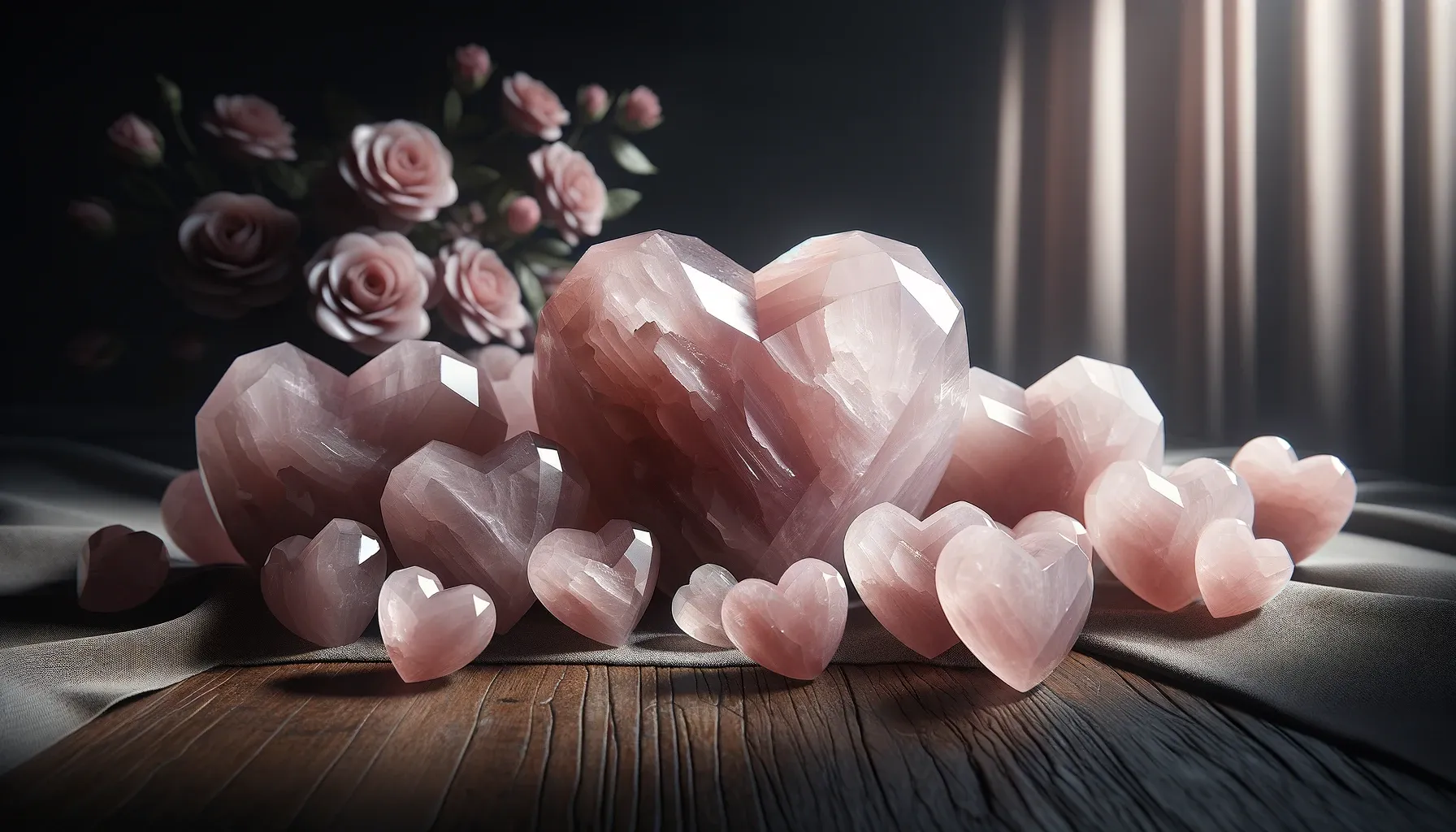Introduction: The Fascinating History of Rose Quartz
Rose quartz, otherwise known as pink quartz, has been used since Ancient Egypt and Ancient Greece in talismans, carvings, jewellery, and even and tools found among the remains of human civilizations. Today, the soft pink gemstones continue to be highly sought after in jewellery, healing, and home décor. In this article, we trace the journey of rose quartz, from its discovery on Earth to its transformation into the beautiful gemstones that grace our hands and homes.
Discovery of Rose Quartz on Earth
Rose quartz's sedimentary origin is traced back to 3.8 billion years ago, as microscopic grains within sedimentary rocks in river beds and shores. It is usually found in crystalline masses, as well as in the metamorphic structures of granulites, pegmatites, and miguellites.
A Closer Look at the Properties of Rose Quartz
Rose quartz is a type of quartz, which is the most abundant mineral on Earth with more than 200 known mineral compounds. It registers a 6.5 – 7 on the Mohs hardness scale, which classifies it as relatively soft compared to other gemstones. It is composed of silicon and oxygen, combined with trace elements like titanium, iron, and manganese, giving it a pinkish hue. Depending on the ratio and amount of trace elements, the colour of the quartz can range from light pink to deep pink.
The Spiritual Meaning and Uses of Rose Quartz
Rose quartz has a unique and special significance, which goes far beyond its aesthetic beauty. Across many cultures and centuries, it has often been associated with love, emotion, and beauty. In Ancient Egypt, rose quartz was venerated as a stone of eternal youth. The Chinese believed it had the power to increase one's longevity. Today, rose quartz is often used as a healing stone to bring calming energy, comfort in times of grief, and a sense of love and acceptance.
How Rose Quartz is Mined and Extracted

Mining rose quartz requires careful mining to preserve its quality since it can easily crack when extracted. It is typically collected by hand using material-handling devices like chisels, pickaxes, and hammers. The process is done in stone quarries, often located in Brazil and Madagascar, where large deposits of rose quartz are found.
Transforming Rose Quartz into Gemstones
Once mined, rose quartz typically goes through a process of cutting and polishing, to turn them into the beautiful gemstones we know. The two main steps of cutting and polishing are pivotal to the quality and overall beauty of the stones.
Cutting
In cutting, care must be taken to ensure that the physical and aesthetic integrity of the rose quartz is preserved. Generally, the cut should be precise and symmetrical in order to maximize the clarity and brightness of the gemstone.
Polishing
Polishing is the process of smoothening the surface of the stone and making it more reflective. Polishes like cerium oxide powder are added onto the surface of the quartz, with enough pressure to smooth out any visible imperfections.
Exporting Rose Quartz to Different Parts of the World
The global demand for rose quartz is increasing yearly, and the gemstones are exported to many places around the world, such as the United States, China, and Europe.
Understanding the Popularity of Rose Quartz Jewellery
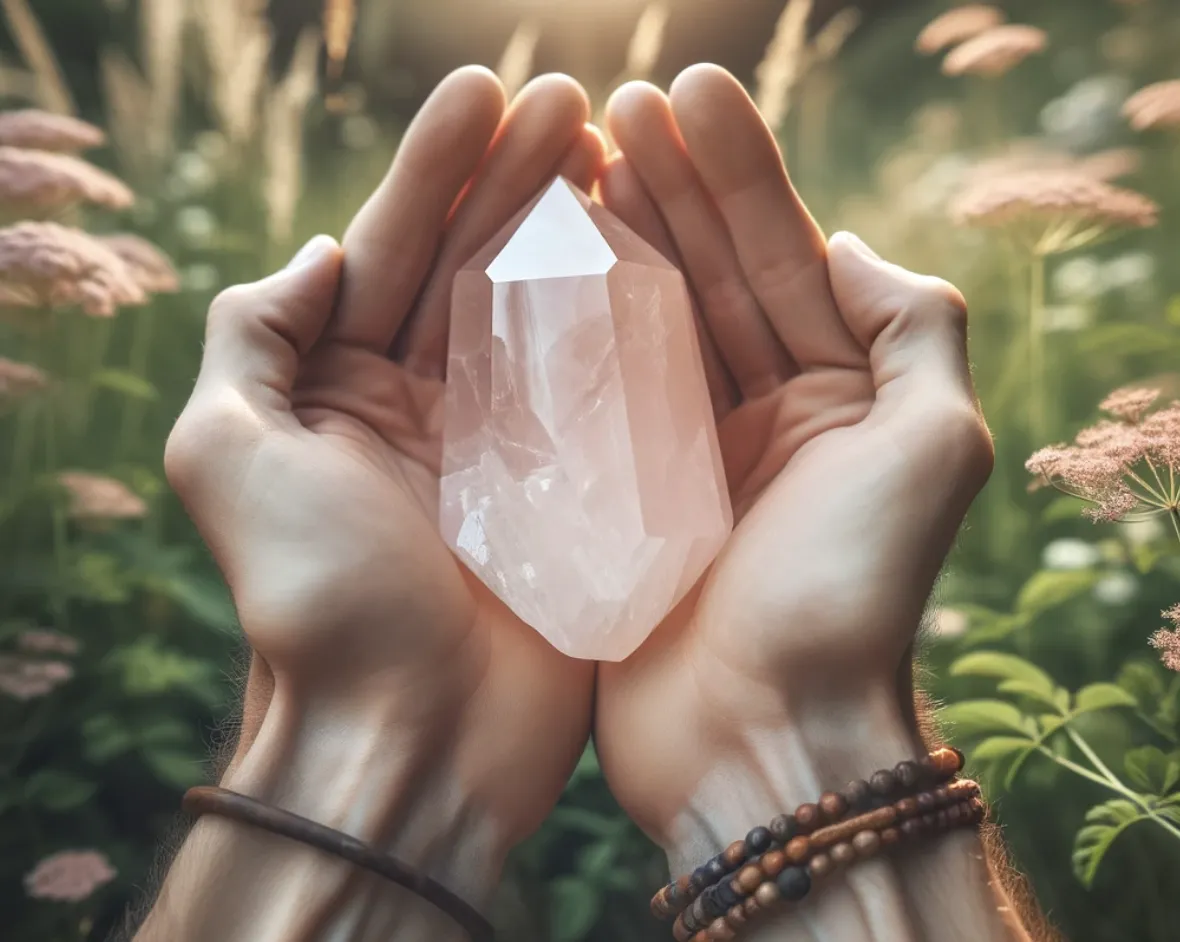
The soft pink hue of rose quartz is one of the main reasons it is highly sought after in jewellery and home décor. Its whimsical colour is a recognizable symbol of love and elegance. Furthermore, its affordability makes it a popular choice for jewellery pieces.
Caring for Your Rose Quartz Pieces
Due to its softness, it is important to take special care when handling your rose quartz jewellery items, to minimize the risk of damage. It is best to store rose quartz pieces in soft fabric bags, away from other jewellery pieces that can scratch or chip it. Avoid direct exposure to heat or water, and remove rose quartz jewellery while swimming or exercising.
Rose Quartz in Art and Home Decor
The timeless beauty and meaning of rose quartz make it a mainstay in art and home décor. For artwork, the quartz is often used to create sculptures and ornaments. In-home décor, it can be used in a variety of ways, from adding a pop of colour in living rooms to creating dream catchers to be hung up in bedrooms.
Modern Applications of Rose Quartz in Healing and Wellness
Rose quartz is commonly used in holistic healing and well-being due to its association with love and calmness. It is believed that holding a rose quartz in the hand balances the energy of the body, mind, and spirit, and encourages self-love and inner peace. Rose quartz is often used in crystal therapy and other forms of healing, from ensuring a good night's sleep to bringing calming vibes to the home.
| Property | Description |
|---|---|
| Colour | Pink, pale pink, deep pink |
| Mohs Hardness | 6.5 - 7 |
| Composition | Silicon and oxygen, trace elements like titanium, iron, and manganese |
The Future of Rose Quartz: Sustainable Mining Practices
Increasing awareness about sustainable practices in the gemstone industry is leading to sustainable mining of rose quartz in Brazil and Madagascar. This land extraction process relies on careful and ethical harvesting, ensuring that the rose quartz deposits are not irreparably damaged or depleted.
In conclusion, rose quartz has captivated and fascinated humans for many centuries. It continues to be a sought-after gemstone, not only for its beautiful colour and lustre, but also for its spiritual significance. By tracking its journey from Earth to our hands, we can further understand the significance, beauty, and uses of rose quartz.
